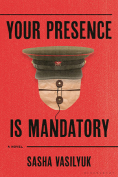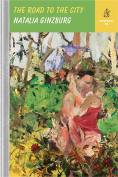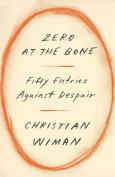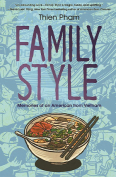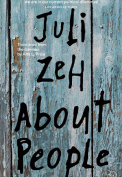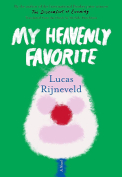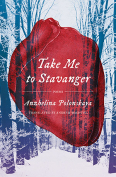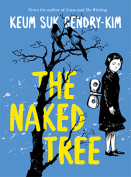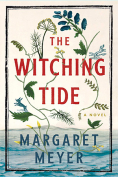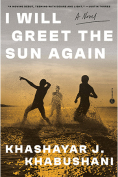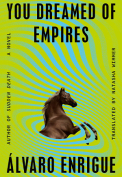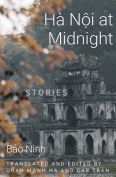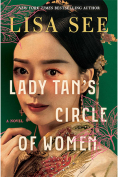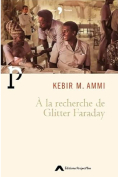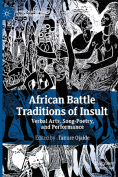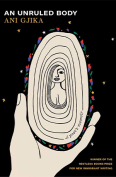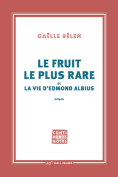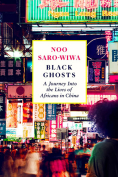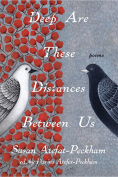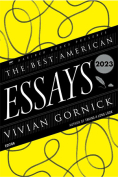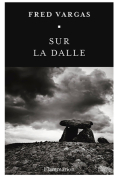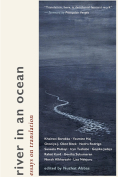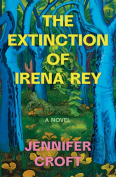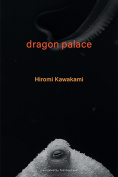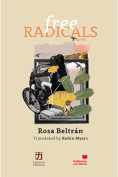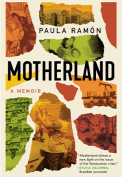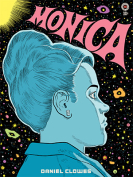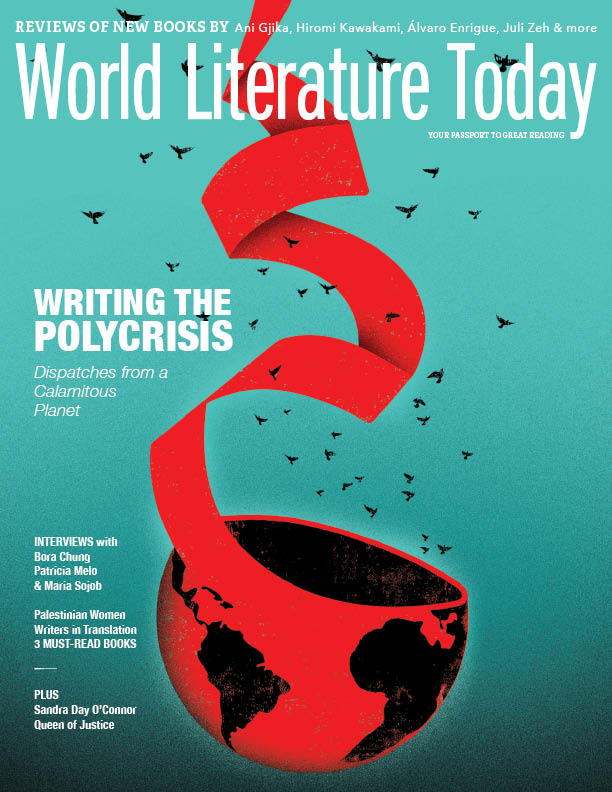XENIA, etc. by Anthony Caleshu
 Bristol, UK. Shearsman Books. 2023. 116 pages.
Bristol, UK. Shearsman Books. 2023. 116 pages.
Artists Jonas Wood and Shio Kusaka, Henry Taylor; the music of the Pixies and the film by Luis Buñuel and Salvador Dalí; Julie Curtiss and Raymond Roussel, Jadé Fadojutimi and the paintings of Shara Hughes and Emma Webster; the Reveries of Jean-Jacques Rousseau: these are among the cited sources of Anthony Caleshu’s XENIA, etc.
It is a book that sets itself the task of continual invention and surprise, with ways of communicating through mishearing into surprises, reliefs of sense into sound. The idiom is postmodern: irony, pastiche, non sequitur, wit, idioms, wild shifts in diction, a fun house falling away and returning to narrative continuity from image to image and line to line. It doesn’t exactly constitute a regnant style, but it is familiar enough. What makes Caleshu’s most recent poetry collection such an exhilarating and unexpected performance is not the idiom, which the poet has down and carries off with brio, but his far-roaming mind, grounded lyrical quality, and his consumption of multidisciplined and obscure art. The abundance of sources, though generous, might overwhelm some reader-guests.
Still, happiness is not a private affair. The collection is a meticulously crafted journey through a series of thematic sections, each accompanied by an afterword in the form of “notes.” While the volume opens with a contemplative reflection on human existence and the dichotomy between cautionary tales and myths, the poems quickly reveal a somewhat formulaic structure, an approach that persists throughout the reading. What we have is a veritable universe.
When asked to define poetry versus the other written arts, W. H. Auden wrote back that poetry was “memorable speech.” I’ve kept this definition in mind throughout my reading. One recurring element in Caleshu’s work is the reliance on a recurring motif of the color blue associating with breakage, deftly woven into various sections of the poems, adding a visual and sensory layer to the collection and raising questions about its effectiveness as a device. “Break a line”; “a diagonal blue seatbelt”; “a break of blue in the car window.” Caleshu tries to reconcile a collective fatigue: “So much within us is unknowable but the knowledge that some of us will never find tangible pleasure in intangible experience troubles me.”
“The difficulties of love are the difficulties of understanding where the fourth dimension is independent of our actions.” While these responses to existing artistic disciplines (visuals, music) are rendered in a kind of prose, free-verse form, these approaches never resolve the difficulties highlighted by Caleshu, who maintains a highly acute awareness of vowel energy and the music existing within his compositions, such that our host achieves melopoeia. Elements remain open with a shadow of syllable count, of a definite awareness of pace and of breath-stop. That’s always been a part of poetry and certainly, as witnessed in this stunning collection, where Caleshu exercises his craft.
XENIA, etc. encourages readers to explore the nuances from the play of light to the interruption of sound. While the predictability of structure overshadows the freshness of the imagery, it’s highly enjoyable to read: “the ball which falls from the sky and breaks our nose produces a current of breath through which we can get free Wi-Fi.” Transmuting bodily calamity into creature comforts challenges our perceptions of technology’s usefulness. Myopic confrontations with particulars may leave readers wanting more innovation beyond juxtaposing the unexpected with the ordinary: the poet answers with responses to Henry Taylor’s paintings. With these meditative soliloquies, Caleshu uncovers something about violent realities with a specific color palette while singing something new in response to the pictorial and thus voyages out in narration of his personal sound. I’m left feeling poetry never has been an informer of social policy because that isn’t its role. To return to Auden, “Poetry makes nothing happen.”
XENIA, etc. does excel in its vivid imagery and synesthetic quality by offering readers a chance to engage with the world corresponding to other arts. Thanks to the notes section I felt better able to grasp the quicksilver ideas that Caleshu has mastered: “Cast as a man in a nun’s habit on a bicycle, I crash head over handlebars into my popcorn”; “We open our eyes to catch the half-light coming through the half-window, interrupted by Dave’s mid-snare high-cymbal.”
Caleshu’s creative prowess provides readers with an immersive literary experience: the film, the visual, the historical, the now. For some readers, the collection’s formulaic tendencies and recurring motifs may hinder their ability to fully engage the complete range of the collection’s lucid subject matter, but it is a virtuous read, redirecting what poetry can convey via dialogue between viewer and viewed.
Nicholas Skaldetvind
Stockholm University
